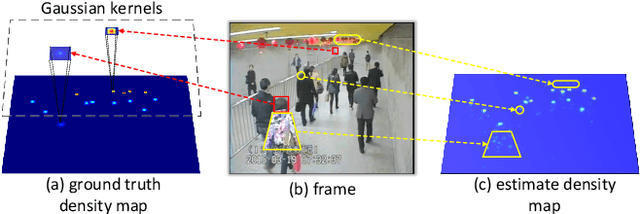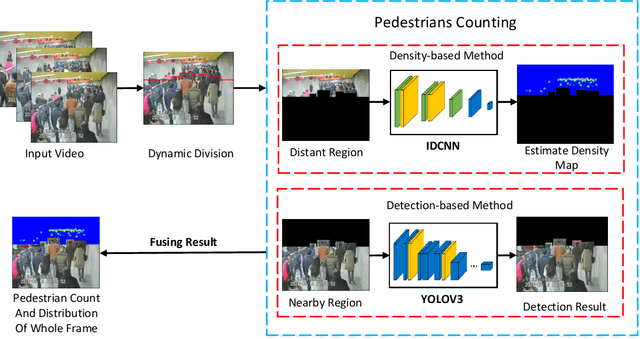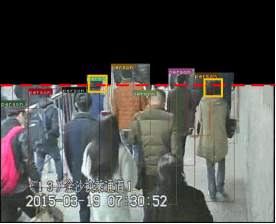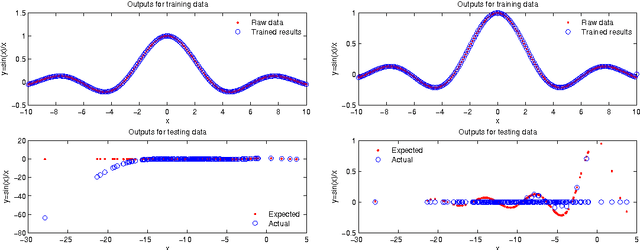Yubo Yuan
Dynamic Region Division for Adaptive Learning Pedestrian Counting
Aug 12, 2019



Abstract:Accurate pedestrian counting algorithm is critical to eliminate insecurity in the congested public scenes. However, counting pedestrians in crowded scenes often suffer from severe perspective distortion. In this paper, basing on the straight-line double region pedestrian counting method, we propose a dynamic region division algorithm to keep the completeness of counting objects. Utilizing the object bounding boxes obtained by YoloV3 and expectation division line of the scene, the boundary for nearby region and distant one is generated under the premise of retaining whole head. Ulteriorly, appropriate learning models are applied to count pedestrians in each obtained region. In the distant region, a novel inception dilated convolutional neural network is proposed to solve the problem of choosing dilation rate. In the nearby region, YoloV3 is used for detecting the pedestrian in multi-scale. Accordingly, the total number of pedestrians in each frame is obtained by fusing the result in nearby and distant regions. A typical subway pedestrian video dataset is chosen to conduct experiment in this paper. The result demonstrate that proposed algorithm is superior to existing machine learning based methods in general performance.
A study on effectiveness of extreme learning machine
Sep 13, 2014



Abstract:Extreme learning machine (ELM), proposed by Huang et al., has been shown a promising learning algorithm for single-hidden layer feedforward neural networks (SLFNs). Nevertheless, because of the random choice of input weights and biases, the ELM algorithm sometimes makes the hidden layer output matrix H of SLFN not full column rank, which lowers the effectiveness of ELM. This paper discusses the effectiveness of ELM and proposes an improved algorithm called EELM that makes a proper selection of the input weights and bias before calculating the output weights, which ensures the full column rank of H in theory. This improves to some extend the learning rate (testing accuracy, prediction accuracy, learning time) and the robustness property of the networks. The experimental results based on both the benchmark function approximation and real-world problems including classification and regression applications show the good performances of EELM.
 Add to Chrome
Add to Chrome Add to Firefox
Add to Firefox Add to Edge
Add to Edge